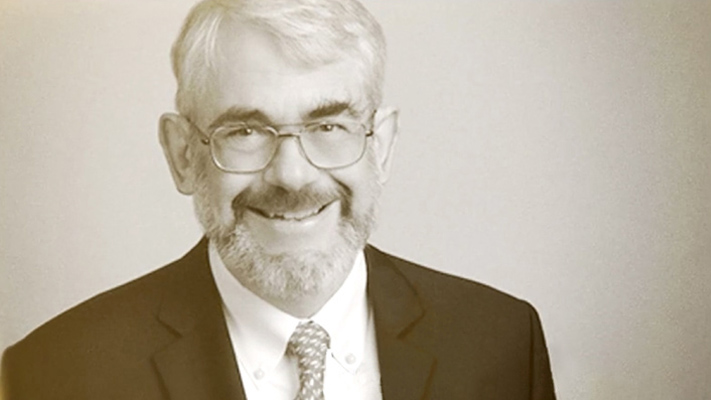20-year anniversary of publications reporting the draft human genome sequence
The Biden administration will feature three individuals with strong ties to NHGRI. Dr. Francis Collins will continue as NIH director, Dr. Eric Lander will serve as President Biden’s science advisor and director of the White House Office of Science and Technology Policy (OSTP), and Dr. Alondra Nelson will serve as OSTP deputy director for science and society. I look forward to working with them in the coming months!
In case you missed it live, the first seminar in the new Bold Predictions for Human Genomics by 2030 seminar series is now available for viewing. Featuring Drs. Karen Miga and Evan Eichler, the seminar focuses on Bold Prediction #1 from the 2020 NHGRI Strategic Vision — Generating and analyzing a complete human genome sequence will be routine for any research laboratory, becoming as straightforward as carrying out a DNA purification. The second session of the series will occur on March 8 and will feature Drs. Nancy Cox and Neville Sanjana.
Finally, the 92nd meeting of the National Advisory Council for Human Genome Research will take place on February 22-23. As usual, the “Open Session” of that meeting will be videocast live on Monday, February 22. Please join us via GenomeTV starting at 10 a.m. ET to hear updates about NHGRI and genomics research more broadly.
All the best,
![]()
In this issue

Maximize the usability of genomics for all members of the public, including the ability to access genomics in healthcare — engagement, inclusion, and understanding the needs of diverse and medically underserved groups are required to ensure that all members of society benefit equitably from genomic advances, with particular attention given to the equitable use of genomics in healthcare that avoids exacerbating and strives towards reducing health disparities.
Genomics is a young science. This presents us with a tremendous opportunity to break from past practices and translate our advances so that they are available to all. To do this, we need to advance policies that require equitable access to genomic resources, generate educational materials for a wide range of communities, and insist that clinical implementation research starts with those who have historically been left behind. Achieving these goals will require forging new paths and working with new communities. Teaching others, exploring the unknown, and benefiting all — three of the best reasons to be a scientist.
Lawrence Brody, Ph.D. (Director, NHGRI Division of Genomics and Society)
Seminar Series: Bold Predictions for Human Genomics by 2030
Session 2: March 8, 2021, 3 p.m. to 4:30 p.m.
Prediction: The biological function(s) of every human gene will be known; for non-coding elements in the human genome, such knowledge will be the rule rather than the exception.
Speakers:
- Nancy Cox, Ph.D., Vanderbilt University
- Neville Sanjana, Ph.D., New York Genome Center
Moderator:
- Carolyn Hutter, Ph.D., NHGRI

About The Genomics Landscape
A monthly update from the NHGRI Director on activities and accomplishments from the institute and the field of genomics.
Last updated: February 12, 2021





